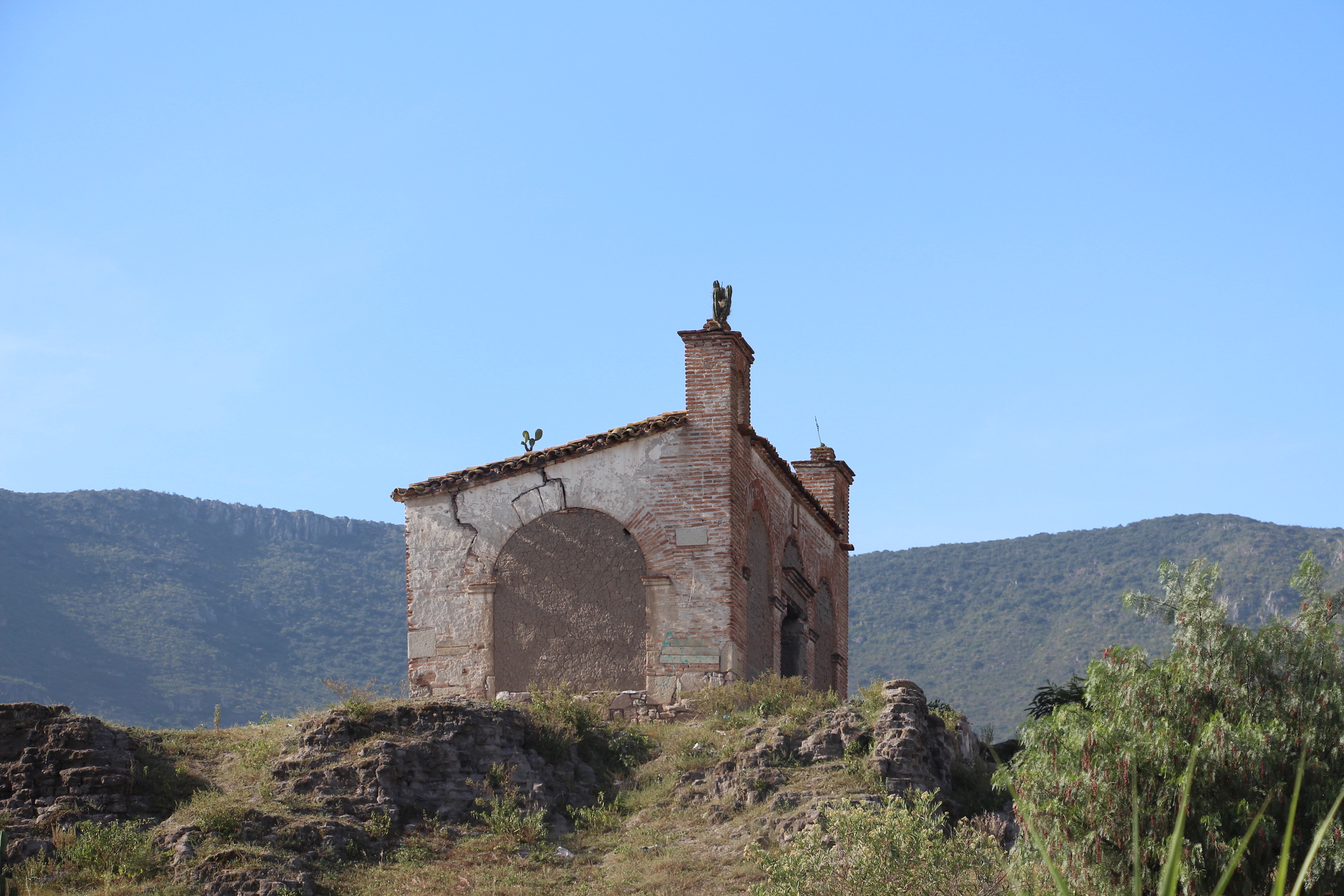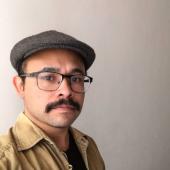Este Lugar Tiene Muchas Historias/ Lajtre Yuduxh Rextiixni
Project, IF-PRJ-0026

Phase 2 Projects - Commissions (Sep 2022-Sep 2023)
Central and South America
https://imaginingfutures.world/projects/este-lugar-tiene-muchas-historias-lajtre-yuduxh-rextiixni/
Central and South America
Synopsis and Position
Este Lugar Tiene Muchas Historias / Lajtre Yuduxh Rextiixniis a decolonial repatriation and public art and history project based in Mitla, an Indigenous Zapotec town located in the Mexican state of Oaxaca. Previously funded by the American Philosophical Society, it is led by a joint team of Euro-American and Indigenous Mexican scholars and stakeholders. The project reimagines what an archive is, could be, and should be through re-assembling and transforming the ethnographic and historical knowledge extracted from Mitla through a combination of transcription, translation, and innovative visual methodologies that emphasize Indigenous ontologies (worldviews).Objectives and Methods
First, the project translates English ethnographic and historical texts into Spanish and Indigenous Zapotec, making those texts freely available to Indigenous community members. Second, it supports travel to an archive in Mexico that holds Mitleño visual heritage (photographs) in order to acquire access and scan materials for return. Third, it centres an Indigenous perspective by crafting a community-curated map linking historical knowledge and selected images to their associated landmarks across Mitla. Fourth, it supports a series of townhall meetings to share these images and documents and discuss the final content of the digital map. The project results in an Indigenous-curated exhibition of historic and ethnographic photography of Mitla at the town’s Pitao Bezelao Cultural Centre.Workshops and Events
18 - 29 October 2022: Mitla’s International Festival of Murals, hosted by the Pitao Bezelao Cultural Centre. Leathem, Ramón Celis, and Méndez will share an update of their work with attendees and the town. 27 March 2023: The project was featured in the local news in Oaxaca. Read the full article by Katja Rejon . hereActivities
From October 2022 to March 2023, we will continue our work transcribing and translating papers from the Elsie Clews Parsons archive from English into both Spanish and Zapotec with the aid of two commissioned local Mitleño translators. Alongside this, we will also be repatriating historic and ethnographic photos back to the community from the American Philosophical Society and Fototeca (in Pachucha, Mexico), as well as several other cultural institutions and repositories. From March 2023 to June 2023, the team will convene in Mitla. First, Leathem, Ramón Celis, and Méndez will conduct a collaborative survey or ‘reconnaissance’ of the town, re-incorporating Indigenous Zapotec names of various historic landmarks and places of deep significance into the community-curated map. They will then host several town hall meetings where the community will respond and continue to steward the creation of the map. Project Update: ‘In addition to the translation work of our project, during the last few months we’ve completed several of the sixrecorridos. Framed as a kind of community-led reconnaissance, the recorridos foreground the ways Indigenous epistemologies, cosmologies, and ontologies are anchored in and articulate with place. After inviting local stewards from Mitla’s cultural institutions to accompany us on a recorrido of their choice, we visited multiple places of deep significance found across Mitla and its peripheral lands. They shared the Indigenous Zapotec names for sacred caverns and geological formations, while Co-Investigator Guillermo Ramón Celis took geographic coordinates for each feature and site, formally embedding the Zapotec language into Google Earth. For the project, this is a step in the right direction; until now, Oaxaca’s landscapes - as is the case across much of Mexico, an ostensibly settler-colonial state - bore Spanish names from the language of the colonizers. While the poet Patrick Kavanaugh might have asked, ‘Is naming not a love act?’, naming is also an act of power, woven into systems of historical erasure, displacement, and dispossession. Formally re-inscribing Mitla’s lands and sacred sites with their Zapotec names aids decolonial efforts. It is an act of re-possession and reclamation. So, too, the recorridos provide important data that allows us to achieve the goal of visually linking digitally repatriated photos and ethnographic texts to these significant cultural sites. We hope that by creating these visual linkages, it will reinforce the ways knowledge and landscape, meaning and place, are inextricably entwined. Knowledge has sedimented overtime into an emotively-inflected, complex stratigraphy that reflects myriad temporal orders. Meaning is deposited in the land, made accessible through walks with designated custodians.’ - Hilary Morgan V. Leathem Photo Credits: Pedro Guillermo Ramón Celis and Hilary Morgan V. Leathem From June 2023 to September 2023, the team will work with the community to achieve a local, Indigenous-led exhibition at the Pitao Bezelao Cultural Centre showcasing digitally repatriated photographs of Mitla.https://imaginingfutures.world/projects/este-lugar-tiene-muchas-historias-lajtre-yuduxh-rextiixni/
Loading...


